Russia – The utility of nostalgia
Country offers much more than matryoshka dolls, news headlines and tales from the fall of the USSR
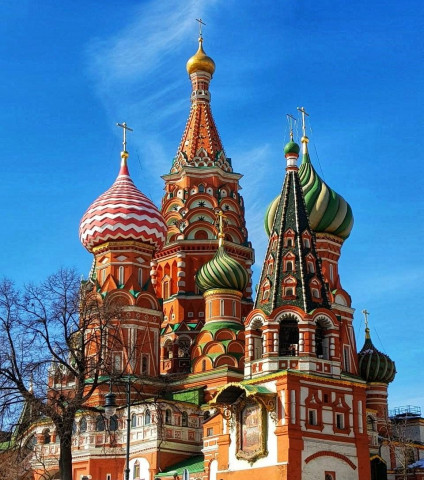
PHOTO: RAHMAT KAMAL
Ironically, I find myself in Moscow on a day which was coined an “all-time low” in Russian-Western relations since the Cold War. An ex-Soviet spy has narrowly survived a nerve agent poisoning in the UK, following which the latter and its allies expel over 150 Russian diplomats. Clearly, even on holiday, the news headlines cannot be evaded.
Moscow
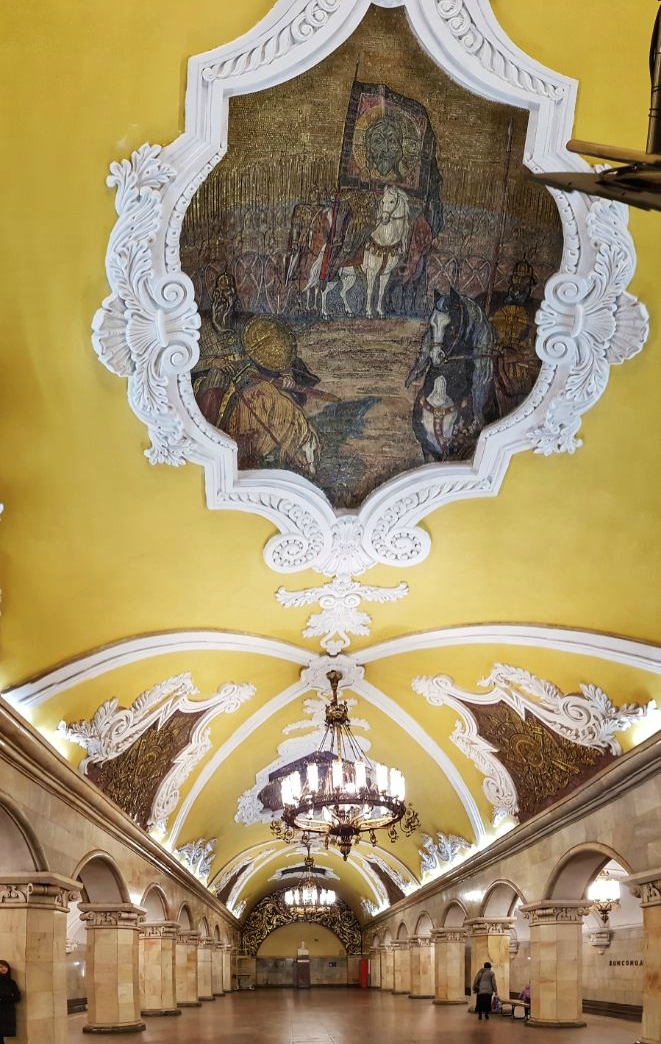 PHOTO: RAHMAT KAMAL
PHOTO: RAHMAT KAMALThere is no better introduction to the city than a night cruise on Moskva River. You can view Moscow’s grandest buildings, illuminated and sparkling. Everything here is larger than life. The 12 lane roads, Peter’s towering monument over the Moskva, and Stalin’s seven sister buildings – all relay the image Russia wants the world to see: that it still holds ground as a ‘great power.’
As day breaks, I make way for the essential pilgrimage to the Red Square. At this central location stand all of Russia’s powerhouses from the past and present: The State Historical Museum, the ‘opium’ for the masses - represented by St. Basil’s Cathedral, the ghost of communism - Lenin’s tomb, the rise of capitalism - GUM mall and the thirst for power - the Kremlin.
Even in death, there is glory here. Perhaps visiting a cemetery may not be your idea of a holiday but the graveyard adjoining the Novodevichy Convent is the resting place of countless famous Russians where their life-like statutes act as tombstones. Whilst it’s not the most glamorous of all the graves, the 80’s child in me stops to pay respects at the final resting place of Boris Yeltsin, Russia’s first President after the USSR fell.
Speaking of icons, spending time in the Tretyakov Gallery is essential to understand how Russian art slowly blossomed to diversify from iconography and mythology to depict every day scenes. However, it’s not just in the galleries where you find high art. The Moscow Metro truly deserves its title of the “palace of the people.” Each stop on the central lines is unique. In one, there are life-size, bronze statues of workers; in another, the mosaic mastery of Soviet scientific achievements and in a third, peasants depicted in delicate white porcelain. The challenge of navigating the labyrinth is a separate story altogether.
St. Petersburg
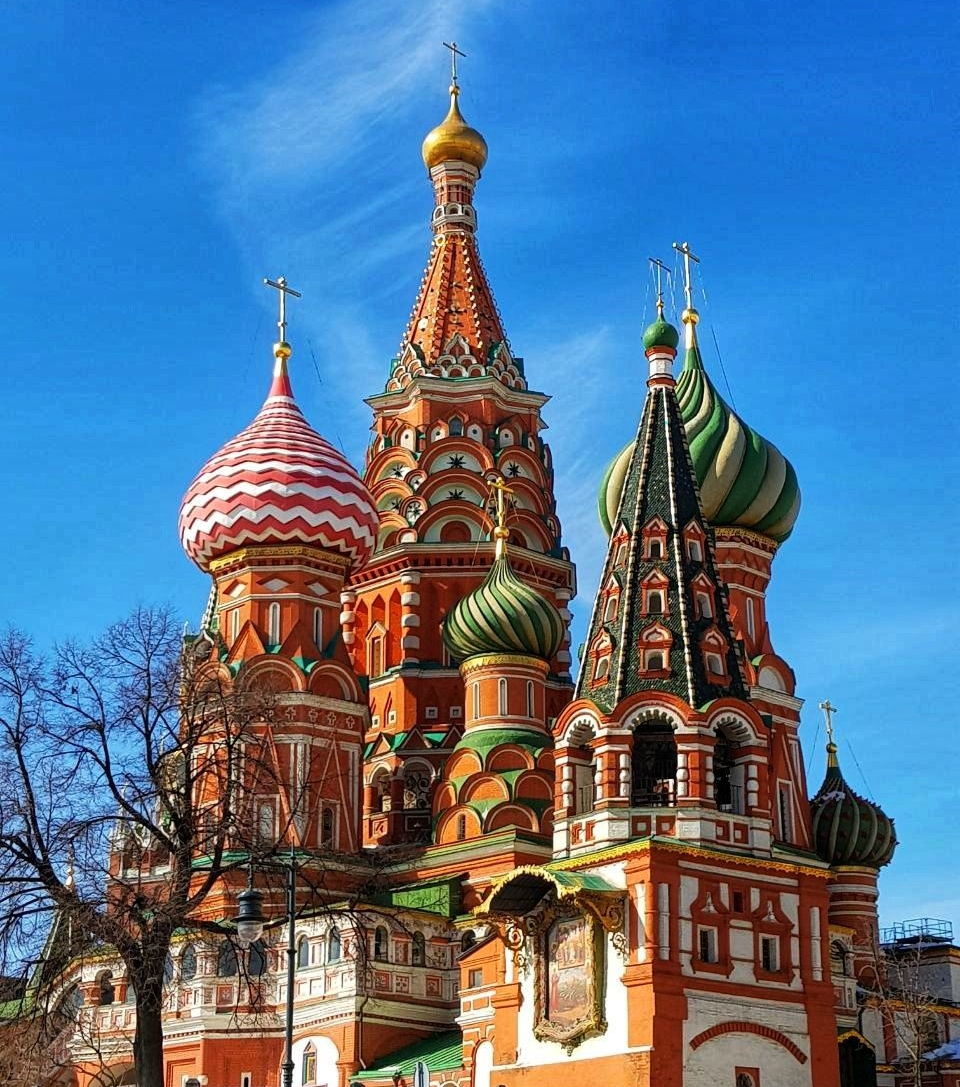 PHOTO: RAHMAT KAMAL
PHOTO: RAHMAT KAMALWhile Moscow reflects the post-Bolshevik revolution Soviet state, St Petersburg provides a glimpse into the world of the Romanovs Tsars. The city is the ‘love child’ of Paris and Amsterdam, with its canals and beautiful neoclassical and baroque facades.
A visit to St Petersburg cannot be complete without a trip to its crown jewel: the Hermitage Museum. Despite having already visited the Lourve and Prado, I find the Hermitage unparalleled. The quality of the artefacts ranks it amongst the top five art museums in the world, but the sheer complexity of navigating the exhibit displayed in the dazzling Winter Palace shall leave you either madly in love, or just mad.
Growing up mesmerised with the story of Princess Anastasia, the visit to the last resting place of the Romanov family at Peter & Paul Fortress is humbling. I am careful to leave ample time to simply walk around the city, admire the numerous canal bridges, visit the Kazan Cathedral, Church of the Saviour on Spilled Blood, and to soak in the atmosphere at one of Russia’s most famous streets, Nevesky Propsekt.
A day trip provides the opportunity to venture out of St Petersburg to see the Tzars’ summer abode, the ‘Peterhof Palace’. The grand cascade of terraced fountains, flanked by golden life size statutes is Russia’s answer to Versailles.
Stability versus Stagnation
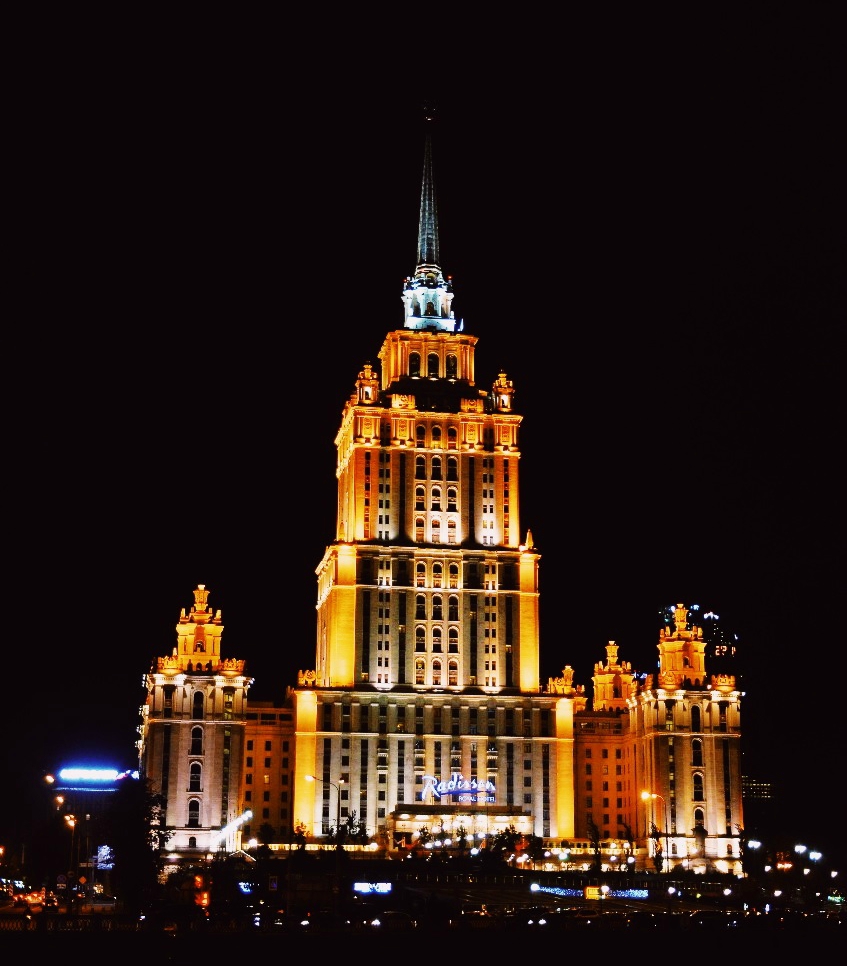 PHOTO: RAHMAT KAMAL
PHOTO: RAHMAT KAMALIt is not just the stunning buildings and art that evoke nostalgia for Russia’s glorious past. During a 12-hour overnight journey on an old Soviet train, with the help of my translation app, I make friends and gain an insight on how Russians view themselves and their place in the world.
From my new friends, Ivan and Eugenie, I note a heavy dependence on the phrase “stability” to describe the virtues of the current leadership. They tell me that the current economic stagnation is a minor hiccup on the path to restore the glory of yesteryears. However, the deep divide in Russian society is evident when I meet younger urbanites who express frustration at the status quo, slow economic growth and lack of progressive politics.
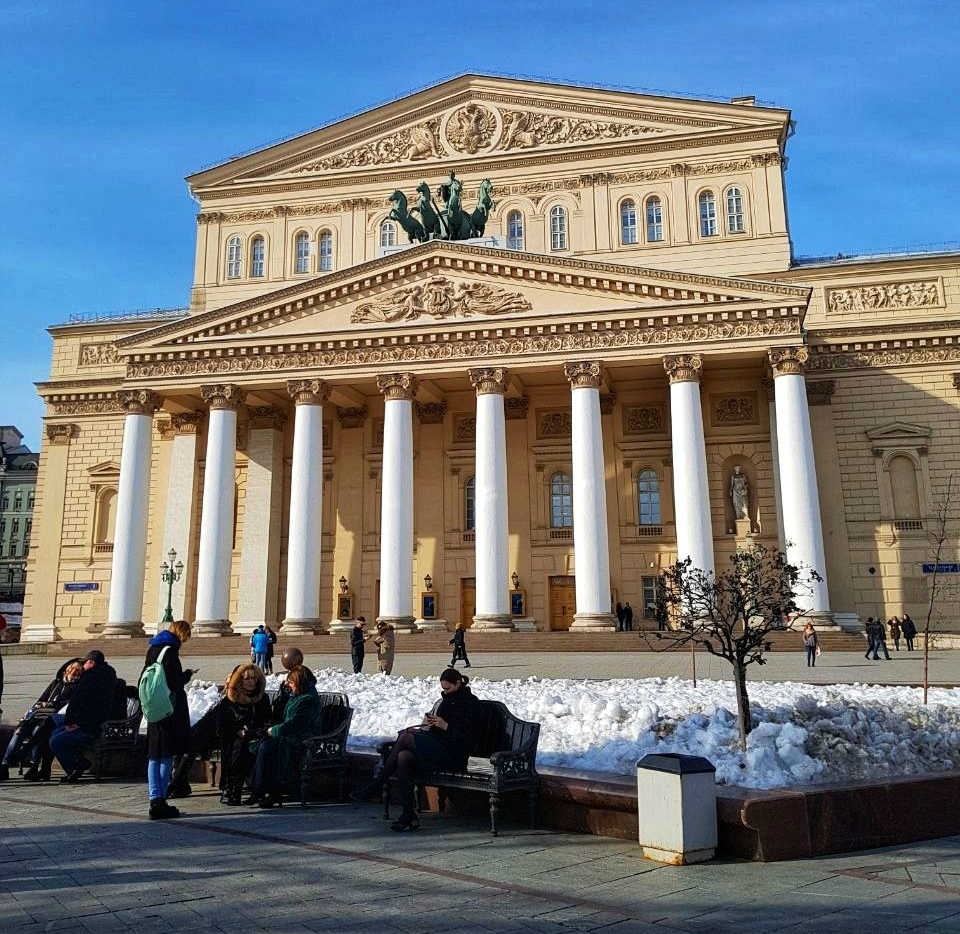 PHOTO: RAHMAT KAMAL
PHOTO: RAHMAT KAMALIt is fitting that I end my trip at Russia’s sacred home of ballet and opera, the Bolshoi Theatre, to see a performance based on the rise and fall of one of Russia’s first Tzars - Boris Godunov. The take away from my journey crystalises whilst musing over my caviar and blini at Café Puskin.
It is pretentious to think you can capture any nation’s essence in a couple of visits and such few words, let alone a country that spans 11 different time zones, 36 languages and centuries of history. Notwithstanding, it is clear that this proud nation wears its past like shining armour, as it reclaims its place in the new world order.
Rahmat Kamal Ghanghro is a lawyer by profession and explorer by passion. She has lived in seven countries and travelled to over 36. Follow her travels on Instagram at @1001_tales.
Have something to add to the strory? Share it in the comments below.



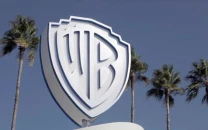

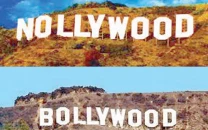
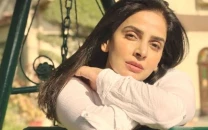












COMMENTS
Comments are moderated and generally will be posted if they are on-topic and not abusive.
For more information, please see our Comments FAQ